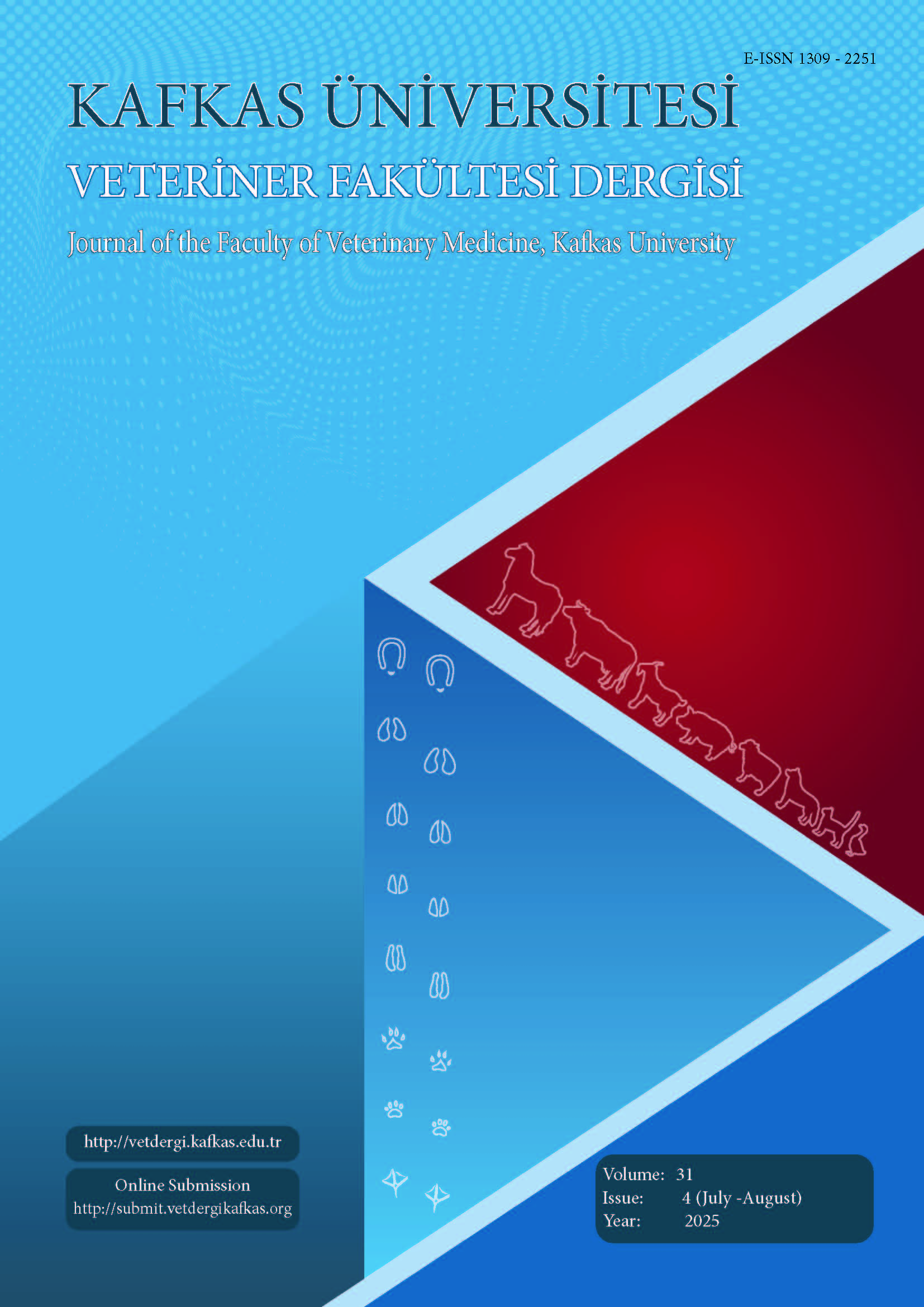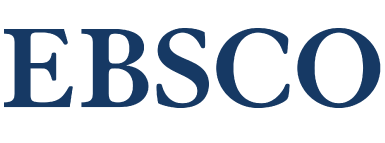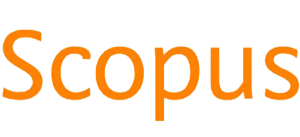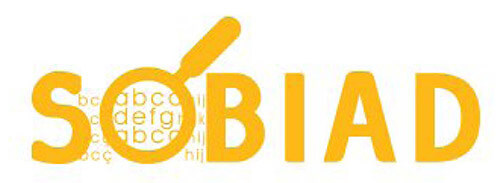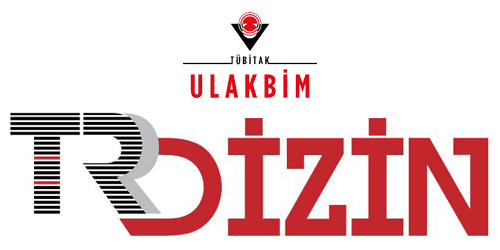
This journal is licensed under a Creative Commons Attribution-NonCommercial 4.0 International License
Kafkas Üniversitesi Veteriner Fakültesi Dergisi
2025 , Vol 31 , Issue 4
The Effect of Pulsed UV Light on Biochemical Changes: Quail Egg Model for Salmonella Typhimurium Inactivation
1Sivas Cumhuriyet University Campus, Cumhuriyet Vocational School of Social Sciences, Hotel, Restaurant and Catering Services, Cookery Program, TR-58140 Sivas - TÜRKİYE2Afyon Kocatepe University, Bolvadin Vocational School, Food Technology Program, TR-03300 Afyon - TÜRKİYE
3Sivas Cumhuriyet University, Faculty of Veterinary, Food Hygiene and Technology, Campus, TR-58140 Sivas - TÜRKİYE
4Sivas Cumhuriyet University, Faculty of Tourism, Department of Gastronomy and Culinary Arts, Campus, TR-58140 Sivas - TÜRKİYE DOI : 10.9775/kvfd.2025.34193 Foodborne Salmonella infections pose a critical threat to public health and the disinfection potential of non-thermal technologies such as pulsed UV light is becoming increasingly important. The aim of this study was to determine the biochemical changes in quail eggs at varying process parameters in the model application of pulsed UV light for Salmonella Typhimurium inactivation. In this context, pulsed UV light was applied to quail eggs at distances of 5, 8, and 13 cm and durations of 20, 40, and 60 s. Salmonella Typhimurium inactivation was observed in all quail eggs depending on the treatment distance and duration and biochemical changes in quail eggs were evaluated in terms of thiobarbituric acid, phenolic and antioxidant content, fatty acid composition and color change. Salmonella inactivation was observed in all treatments. However, phenolic and antioxidant contents decreased for the longest time and at the closest distance in the application processes, while thiobarbituric acid and linoleic acid content (control:13.35%→5D60S:25.51%) increased. The increase in the amount of linoleic acid in 5D60S and 5D40S was higher than that in other samples. Although pulsed UV light is effective in Salmonella inactivation, long duration/close distance applications may adversely affect product quality. These findings emphasize the importance of parameter optimization in the food industry and reveal the need to develop protocols that are safe but minimize quality loss. Keywords : Pulsed UV light, Quail eggs, Salmonella Typhimurium, Biochemical change, Fatty acid

